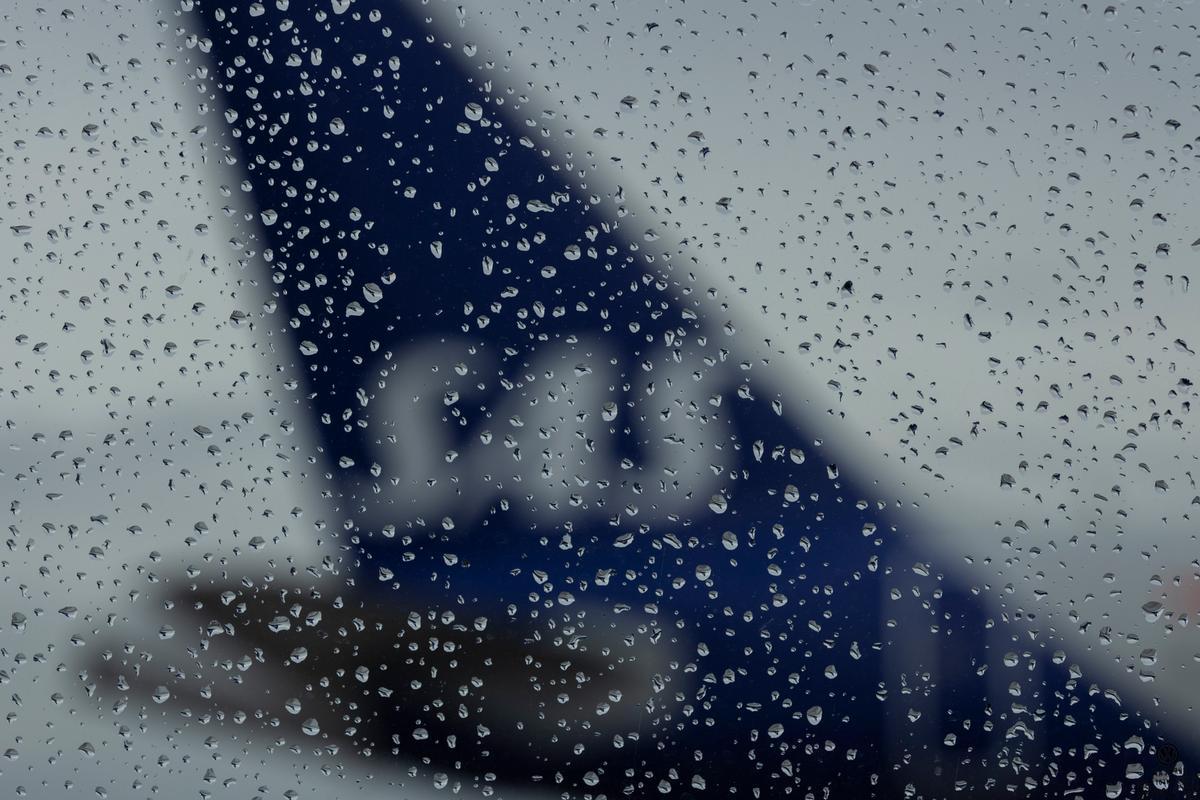SAS Airlines' Bankruptcy Follows Months of a Showdown Over Aircraft Leases

Photo Credit: Copenhagen Airports / Michael Kidmose
Scandinavian airline SAS filed for Chapter 11 bankruptcy in the U.S. on July 5, making good on CEO Anko van der Werff's threat in May that it would do so if it was unable to secure concessions from key stakeholders.
But the filing was not primarily about breaking its Scandinavian pilots union, which went on strike July 4 after more than a month of mediated talks with the airline.
The filing was "most notably," as SAS Chief Financial Officer Erno Hildén put it in a declaration to the court, about securing improved terms from lessors on the majority-leased portion in its fleet. The strike, as he put, was just the final straw in the decision to file for bankruptcy protection in the U.S. Bankruptcy Court for the Southern District of New York.
“Without concessions from these key stakeholders, and in light of the significant uncertainty and strain the labor action places on [SAS], the company concluded it could not complete the necessary debt-for-equity exchange and attract new equity capital from the market," Hildén said. "Accordingly, the company decided it would be prudent to file chapter 11 now.”
By "stakeholders," he referred to lessors, as well as labor unions and planemaker Airbus.
SAS leased 63 of its 100 aircraft at the time of its Chapter 11 filing, according to Hildén's statement. Another 15 were financed under a Japanese operating lease with call option, or JOLCO, structure similar to a lease. Lease liabilities totaled $1.53 billion with monthly payments amounting to $33.5 million. Lessors include a who's who of the leasing world, including AerCap, Air Lease Corp., Avolon, and SMBC Aviation.
SAS' singling out of lessors should come as a surprise to no one. Barely a month ago, van der Werff repeatedly cited them as a potentially critical hitch in the airline achieving its restructuring plan, SAS Forward, he unveiled three months earlier. The plan calls for 7.5 billion Swedish kroner ($712 million) in cost savings, converting 20 billion Swedish kroner from debt to equity, and raising 9.5 billion Swedish kroner in new equity capital. To date, SAS has reached agreements with three key stakeholders — the governments of Denmark, Norway, and Sweden — to convert their debt to the airline to equity. However, those agreements and further conversions were contingent on the airline achieving its sought after cost cuts.
The airline joins a long and growing list of airlines that have restructured during the Covid crisis. The largest include Aeromexico, Avianca, Latam Airlines Group, Philippine Airlines, Thai Airways, and Virgin Australia. However, SAS' main competitor, Norwegian Air, also achieved significant savings through its own restructuring during the pandemic — cuts that could pose an even greater threat to SAS long-term than any of the other reorganizations.
“Low cost carriers have been able to acquire a large portion of the growth in seat capacity at SAS’s three main hubs as compared to SAS, and SAS expects low cost carriers to increase their capacity further in 2022," Hildén said. In addition to a resurgent Norwegian, the carrier faces competition from startups Flyr and Norse Atlantic Airways in Norway; and Eurowings, Finnair, and Ryanair in Stockholm.
Hildén noted that SAS has not seen corporate or long-haul international travel rebound as quickly as it forecast in 2020 when it implemented its first pandemic restructuring plan. Those estimates put traveler numbers at 90 percent of 2019 this year with the reality closer to 50 percent.
SAS will continue to operate through its reorganization. Unlike its peers who recently went through Chapter 11, the airline did not file to reject any of its aircraft leases — or orders for 32 Airbus aircraft — in its first day filings with the court. However, Hildén's statement suggested that rejections could come for aircraft on "above market" lease rates and for "surplus aircraft" in its fleet. Van der Werff has previously suggested that it could, for example, exit its fleet of eight Airbus A330s in favor of the more efficient Airbus A350.
The filing would allow SAS to "preserve cash" — it had 7.8 billion Swedish kroner in cash at the end of June — during the pilot strike as talks with lessors and other stakeholders continue, Hildén said. It aims to exit the restructuring process within 9-12 months.
The strike by SAS' Scandinavian pilots union involves roughly 900 pilots. It forced the cancellation of half of the airline's flights on July 4, and around 77 percent on July 5, according to flight tracker FlightAware. SAS estimates that it will lose $10-13 million a day for the duration of the strike, which is unknown.
